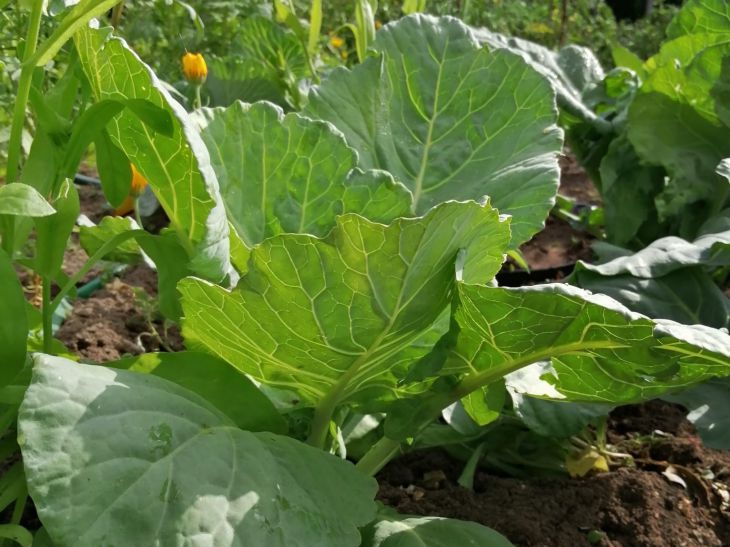How to protect cabbage from caterpillars: effective methods
Cabbage is often attacked by various pests, including caterpillars. How to deal with these pests and save the harvest?
Caterpillar Prevention
The best way to combat caterpillars is to prevent them from appearing in your garden beds. The following measures can be used for this:
• Choose cabbage varieties that are resistant to pests, for example, white cabbage “Agressor” or “Kilaton”.
• Observe crop rotation and do not grow cabbage in the same place for more than two years in a row.
• Remove weeds and loosen the soil around plants to destroy caterpillar eggs and larvae.
• Collect and destroy damaged leaves and caterpillars found on cabbage.
• Spray cabbage with a solution of ammonia (1 tablespoon per 10 liters of water) or potassium permanganate (1 gram per 10 liters of water) before flowering and after harvesting.
Fighting caterpillars with folk methods
If caterpillars have settled on your cabbage, you can try to get rid of them using folk methods that do not harm plants or humans. Here are some of them:
1. Spray the cabbage with a decoction of tobacco (200 grams per 10 liters of water), wormwood (300 grams per 10 liters of water) or garlic (100 grams per 10 liters of water). This should be done every 5-7 days until the caterpillars are destroyed.

2. Sprinkle cabbage with ash, tobacco dust or crushed pepper. These substances repel caterpillars with their smell and burning sensation.
3. Place traps for caterpillars in the beds, for example, halves of oranges, apples or potatoes soaked in honey or beer. The caterpillars will be attracted by the sweet smell and will crawl into the traps, from where they can be collected and destroyed.
4. Use biological preparations based on bacteria or fungi that cause diseases in caterpillars. For example, you can use "Lepidocid", "Bitoxibacillin" or "Entomophagin". Spray the cabbage according to the instructions, usually once every 10-14 days.
Summary
Caterpillars are one of the most dangerous pests of cabbage, which can seriously damage the crop.
To combat them, you can use various folk methods that are safe for plants and humans. It is also important to take preventive measures to prevent caterpillars from appearing in the beds.
